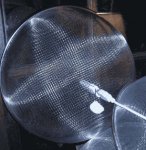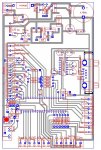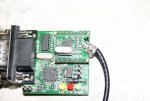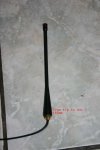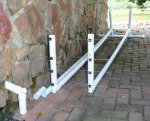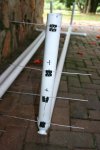This is the "wet" season, wait till its dry ! Neighbours ? Whats that ? I was told by the manufacturer today that 200m could be expected, at 4800 bd. Now the boards, get it together and test here on this farm first... then off to the site...Well- that roof cladding looks a tad combustible, but you won't have any trouble with the neighbours! That fence indeed may be a 1mW XBee issue, so 433 MHz could be the answer.
Manie

